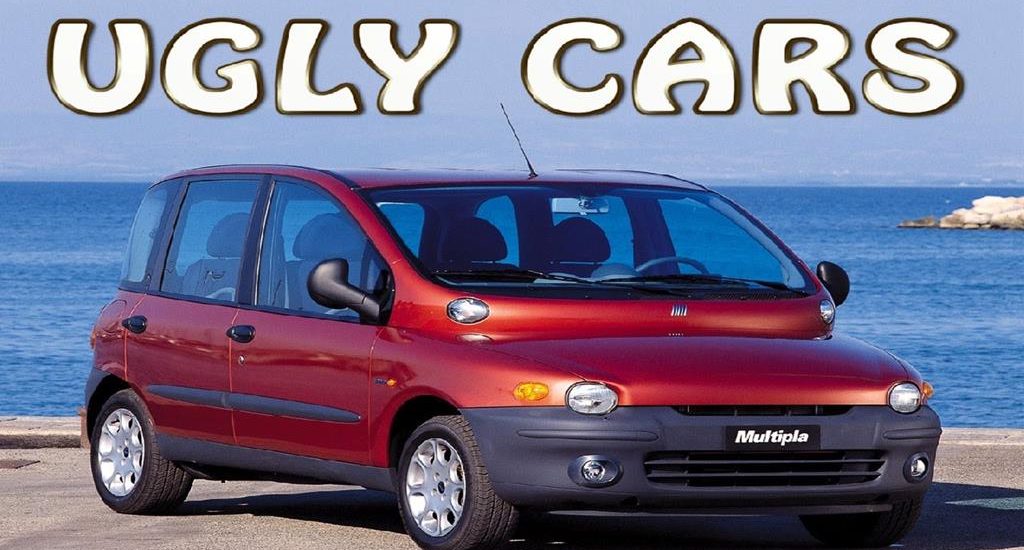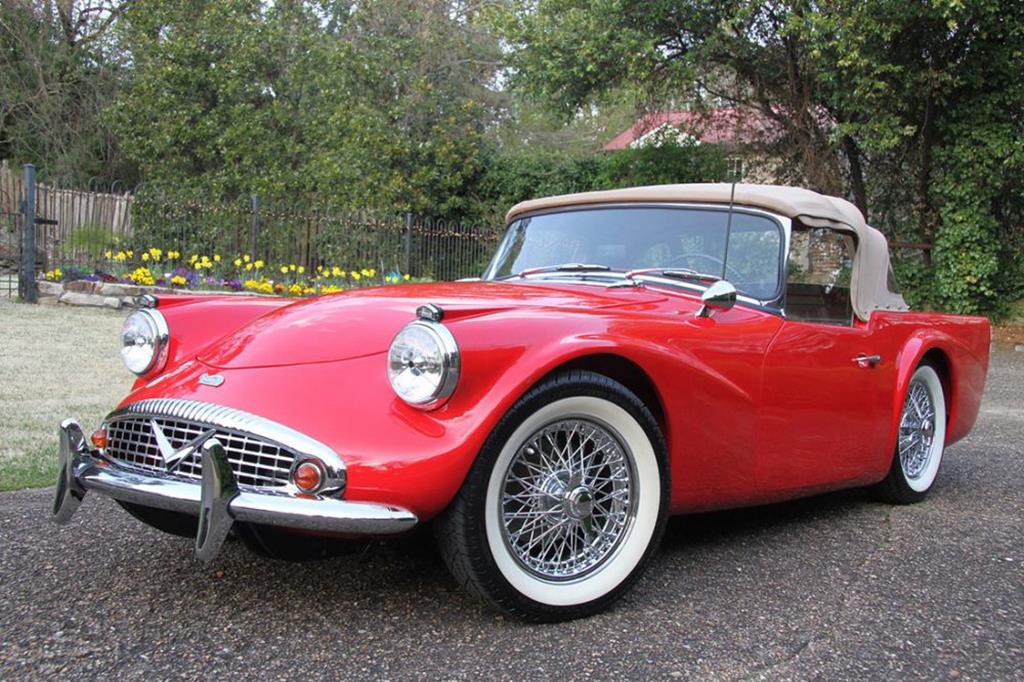Cars, like any creation of humans, can be successful models, and can be extremely unsuccessful ones, showing an awful ugliness. Of course, someone doesn’t care about aesthetic pleasure, and technical characteristics are more important for him. But, let’s agree, cars also create a whole design effect of the life surrounding us. Therefore, we want them to be its adornment, and not those examples that are discussed below.
Sebring-Vanguard Citicar
During the oil crisis in the US, saving was an important issue, and it was decided to create a car with an electric engine (electric car). Therefore, in 1974, the Sebring Citicar was introduced. This car became the most sold at that time (almost 4300 cars were marketed). Although initially the manufacturer created the Sebring Citicar for Citibank employees to be able to move between their offices. The capacity of the car was as much as 3.5 “horses”, and its top speed reached 57 km/h. There were no safety features in this car, and it could run about 90 kilometers without recharging.
But its design did not handle any criticizing. The car resembles something between the armored vehicle and the minivan, and looks more than strange. Although it is possible that people still use it in places, where narrow streets and high demand for environmental technologies prevail.
Now the Sebring Citicar is perceived as a unique American car from the past. But after all, it became famous because of its unassuming appearance!
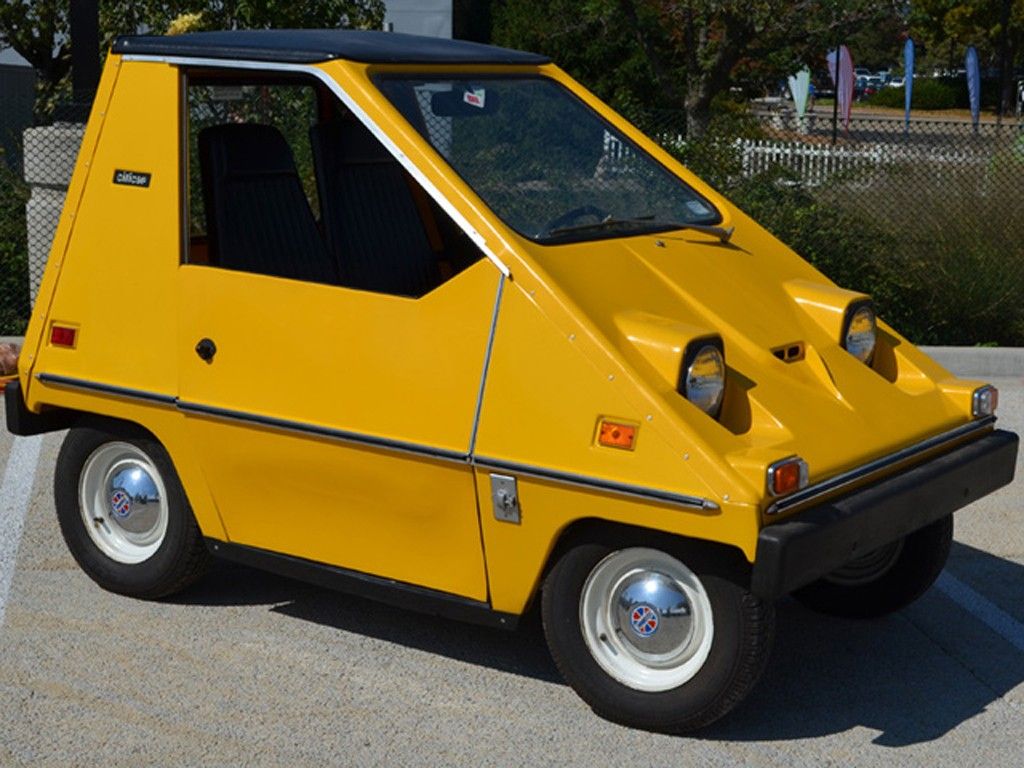
Daimler SP250
This car, produced in the US, is very difficult to meet on the roads, since only 2645 copies were made. It was equipped with a V-shaped eight-cylinder engine, the volume of which was 2.5 liters, and the capacity – 140 horsepower. Working smoothly, having a high torque, a revolving engine with its hemispherical combustion chambers and SU carburetors allowed the unattractive, but light Daimler SP250 Dart to reach a speed of 201 km/h. Its off-the-line acceleration to 96 km/h was reached in 9.5 seconds.
Despite the fact that the car looks very exclusive, its appearance is a rare absurdity. To see this, you need to look at its front view. It resembles a huge fish, and the grill makes the car look like a broken jaw.
The decision to create this model was made after the leadership change in the late 1950s: “Daimler” was in crisis, and, according to senior management, the release of a new sports car would be an excellent way to achieve the desired popularity among American buyers. In 1964, the production of this car was stopped.
Citroën Ami 6
The Citroën Ami 6 had been produced in France for 18 years – until 1979. And the creators wanted to increase the level of this brand’s sales by its production. Ami 6 was based on the 2CV chassis. The famous two-cylinder engine with a volume of 602 cm3 and air cooling appeared under the hood. Initially it produced 22 horsepower, and then 35. Ami 6 was equipped with a four-speed gearbox and a fuel consumption of 6 liters per 100 km with a top speed of 106 km/h. So it was not a very fast car. It was produced in Berline, Tourisme, Comfort modifications and Club, which had 4 round headlights.
Later, the Citroën Ami 6 entered the list of the last century ugliest cars. It has a strange reverse bevel in the rear of the roof. This model’s look was so eccentric that in France it was bought with pleasure for a while – precisely because of the unusual. For 17 years of production, this car managed to become a real bestseller in France. About 2 million copies were sold. It did not work with foreign buyers – the design of auto frightened off potential car owners. It is interesting that the steering wheel of the car was also made originally. In 1969, the company replaced the rear window and radiator grille of the Citroën Ami 6, at the same time adding disc brakes to the front wheels. But it did not help.

The French themselves still believe that 50 years ago this car was elegant and created tastefully. Production reached its peak in 1966, when Ami was the best-selling car in France.
Fiat Multipla
The Fiat Multipla, which without delay can be included in the list of the most terrible machines, was launched in 1998. As the main feature, manufacturers indicated three front seats. Critics were unanimous: the main distinguishing feature of the Fiat Multipla was not the seats, but an unexplained outgrowth on the front. With this appearance, the car was not sold as well as the makers expected. After enduring for some time and watching the disappointing dynamics of sales growth, manufacturers finally changed the design and removed the strange looking front, replacing it with a more familiar appearance.
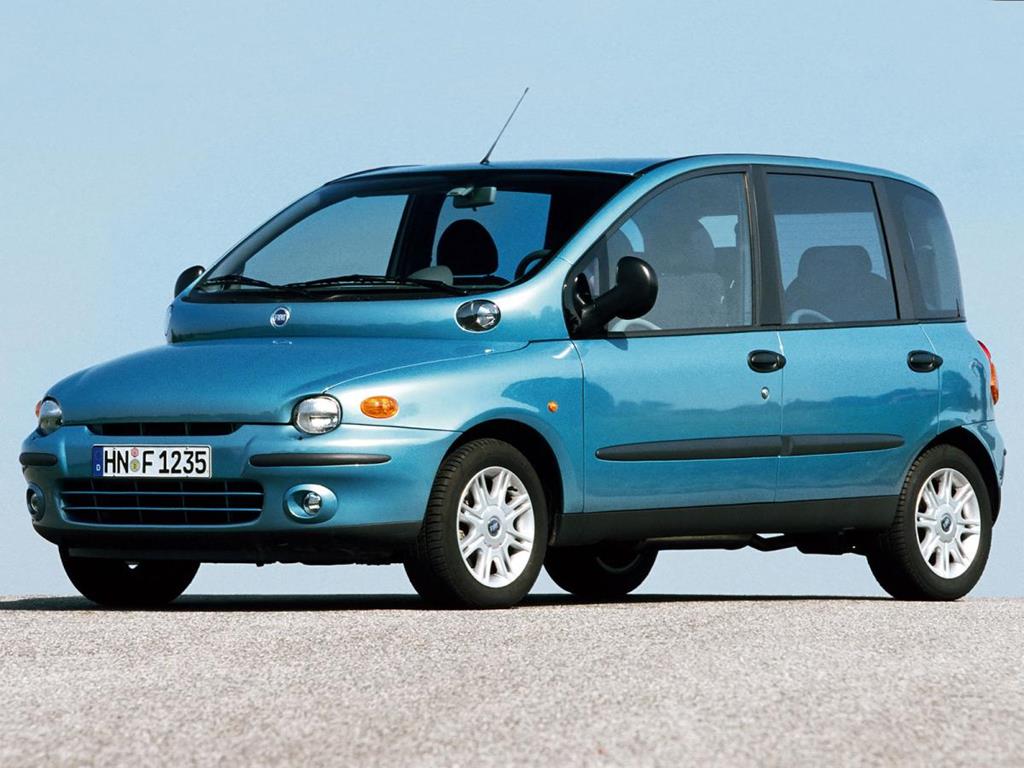
It is very difficult to believe that in the country where Ferrari, Maserati, and the Fiat-500 were produced, this monster could be born. The funny thing is that this one is the leader in almost all the hit parades of the ugliest cars. The designer of this car had clearly sick fantasy, which resulted in peculiar design of the car’s front, causing dislike from one glance at it. In such countries as Belgium, France, Italy, etc., one can still meet such platypuses on motorways.
Marcos Mantis
Even those who like sports cars can’t accept the frank nonentity of this British car’s forms. The car was released in 1971, but it never managed to win fame either in sports or in the world because of its ugly design. This car was the most unattractive among all the Marcos company products. Compared with the classic 2-seat sports models, it was larger and much more spacious, but absolutely unattractive. With a roll bar, the car had an elongated wheelbase and a 4-seat body with a strange appearance that caused critical reviews.
The failed design of the car is noticeable from all sides. The front view is spoiled by the grille of the air inlet opening, which is similar to the cap of the dumb well. There were no reasons for the car to look so clumsy, the headlights to be placed so ill-conceived, and the front pillars to turn out to be so wide. As there was no proper explanation for the appearance of the uneven waist line. There were incompatible elements everywhere. An example of this is the large rear side windows, that made it easier to view back, but located side-by-side with smaller front side windows and violated the integrity of the car’s side. High front wings, in which rectangular headlights were built-in, were also inappropriate. There was a weird-shaped chrome-plated rim around the headlights themselves, only emphasizing the unsuccessful solution with their placement.

Instead of a wooden support frame, a square-shaped steel flare was used. In critical places, it was strengthened with sheet steel plates. A fiberglass body, consisting of two large sections – the upper and lower, was fastened to it.
The purpose of this model was to enter the US market with the following characteristics: speed of 265 km/h, capacity of 335 hp, acceleration to 100 km/h. But it was not destined to get to America, because regulatory documents had come into force by that time; according to them gas emissions were limited and minimum safety requirements were established. In total, the company produced 33 cars – it’s an excellent result for such a freak!
Tata Nano
The Tata Nano is an Indian car. It is the cheapest in the world (about $2500). This little car doesn’t have many things: boot, rubber door seals, power steering, car audio, air conditioning, airbags, brake booster… And the car has only three fastening bolts on the wheels and one exterior rear-view mirror. The appearance of the car is quite amusing. It is rear-engined and rear-wheel-driven. Two-cylinder engine of 630 cubes is placed in the car’s back under the trunk floor. Water cooling, EFI, slightly more than 30 forces. 4-speed gearbox. About the trunk: access to it is possible only from the cabin, through reclining the rear seat back. The rear body panel is solid, the car is shaped like a hatch – four-door. Picking up the carpet and sound insulation in the trunk, turning off six wing nuts, you can get access to the so-called engine. Seats and door cards are made from cheap black leatherette, in addition, there is no central lock, fog lights, shelves are placed above the trunk. Only the bumpers are painted in the body color, and there are branded Nano mats. There are tiny, differing in size (for better handling) R12 wheels (width 135 in front, 155 in back). Doors don’t have seals; to close them you need to slam. Torpedo ala X-trail has a dashboard in the center. There are only a speedometer, a common odometer, a fuel gauge (a 15-liter tank) and 6 lamps. The panel light is pretty nice, there are orange scale and red arrow. The spare wheel is located in front as on “Zaporozhets”, the tank filler for gasoline – in the same place. But there are very roomy cabin, really amazing volume and capacity. The windshield wiper is only one, but the cleared area is sufficient.
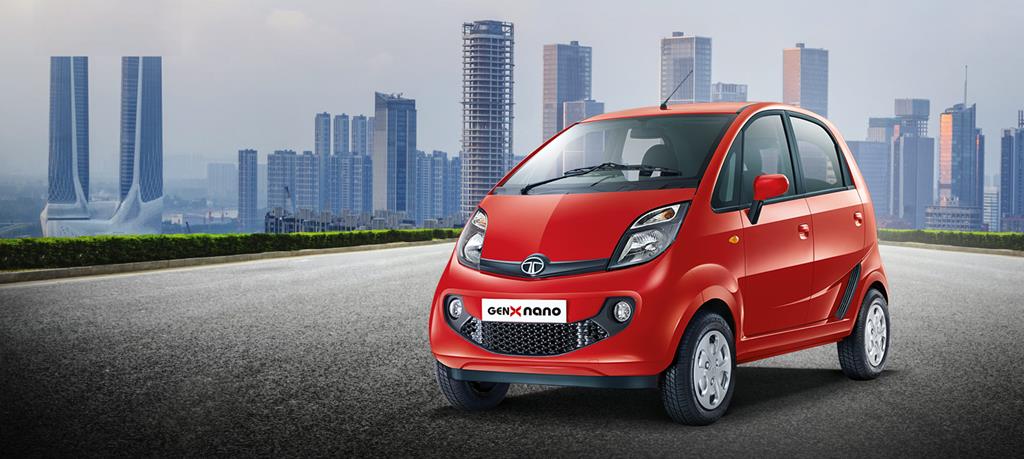
Bond Bug
The Bond Bug is a British two-seater three-wheeled sports car, produced from 1970 to 1974. A feature of the car is a canopy, instead of conventional doors. The Reliant engine, located in the front, has a volume of 700 cm³. Engine capacity is 29 hp. The cylinder head was refined on some engines, the compression ratio was increased from 7.35:1 to 8.4:1. This increased capacity to 31 hp, and also improved torque.
The Bond Bug was called a pocket supercar. Some still consider it even beautiful. For the then-British youth, the car had to become more a toy, a trendy gadget.
This car is characterized by a very low silhouette, a big slope of the windshield to the vertical, rising up dome of the body. The body was made of plastic, which was also fashionable at the time.
The filling didn’t differ with a novelty. The car worked the same way as the ancient Bond minicars. There was a spatial frame from profile. A rear suspension was wishbone dependent. British manufacturers mastered a rear-engined layout. The Bond Bug could accelerate to 170 km/h.
The standard Bug configuration was not too rich. A radio, a heat and a spare wheel were an option. There was also a four-wheel version of this car for export to Europe.

We presented you some auto-freaks, against which the other cars look divine. But even the most ugly car can’t be driven without documents.
If you still don’t have an international driving license, you can easily and quickly apply for it on our site. With an international driver’s license, you can rent a car not only in Italy!

Published August 31, 2018 • 11m to read

